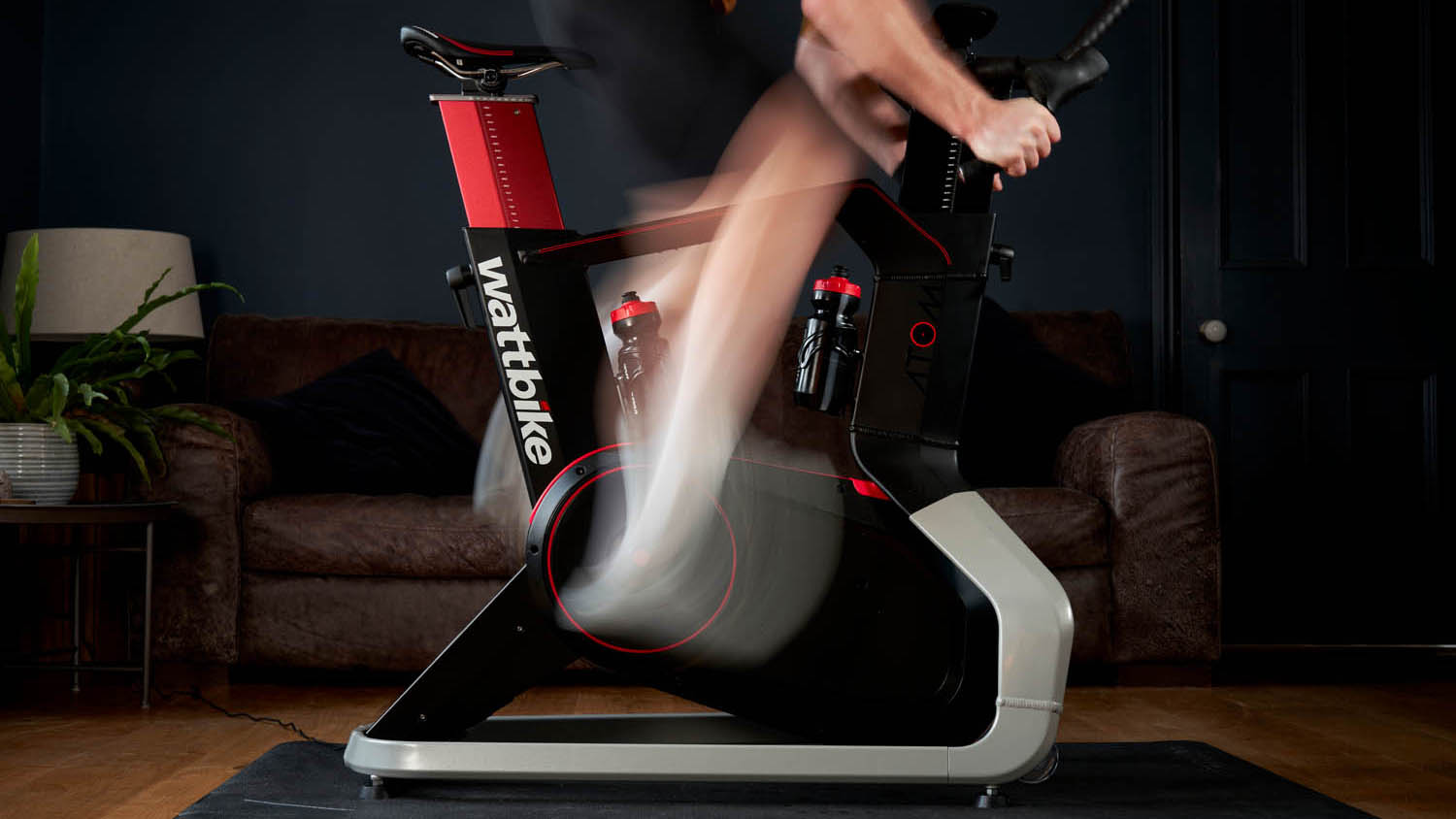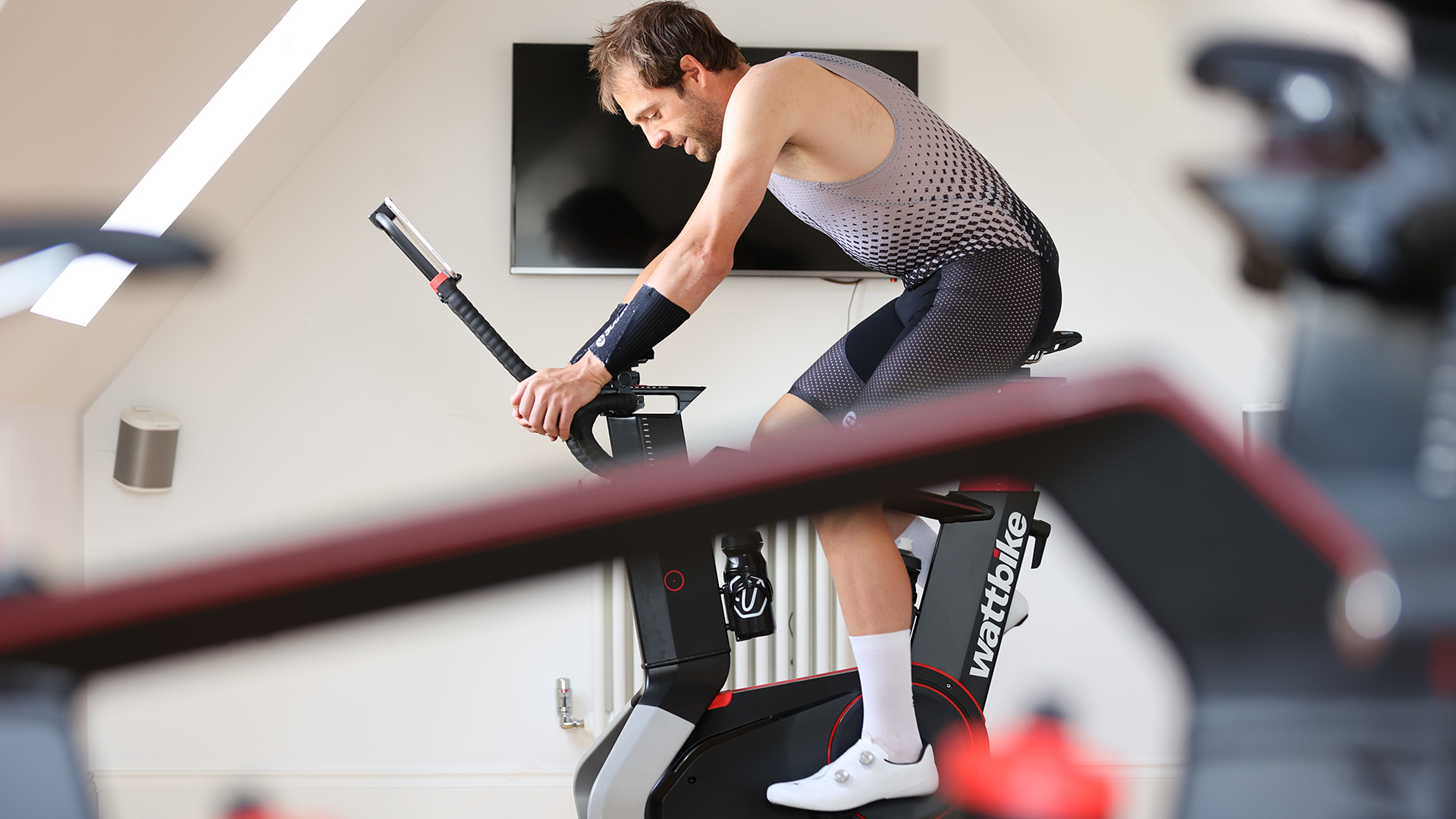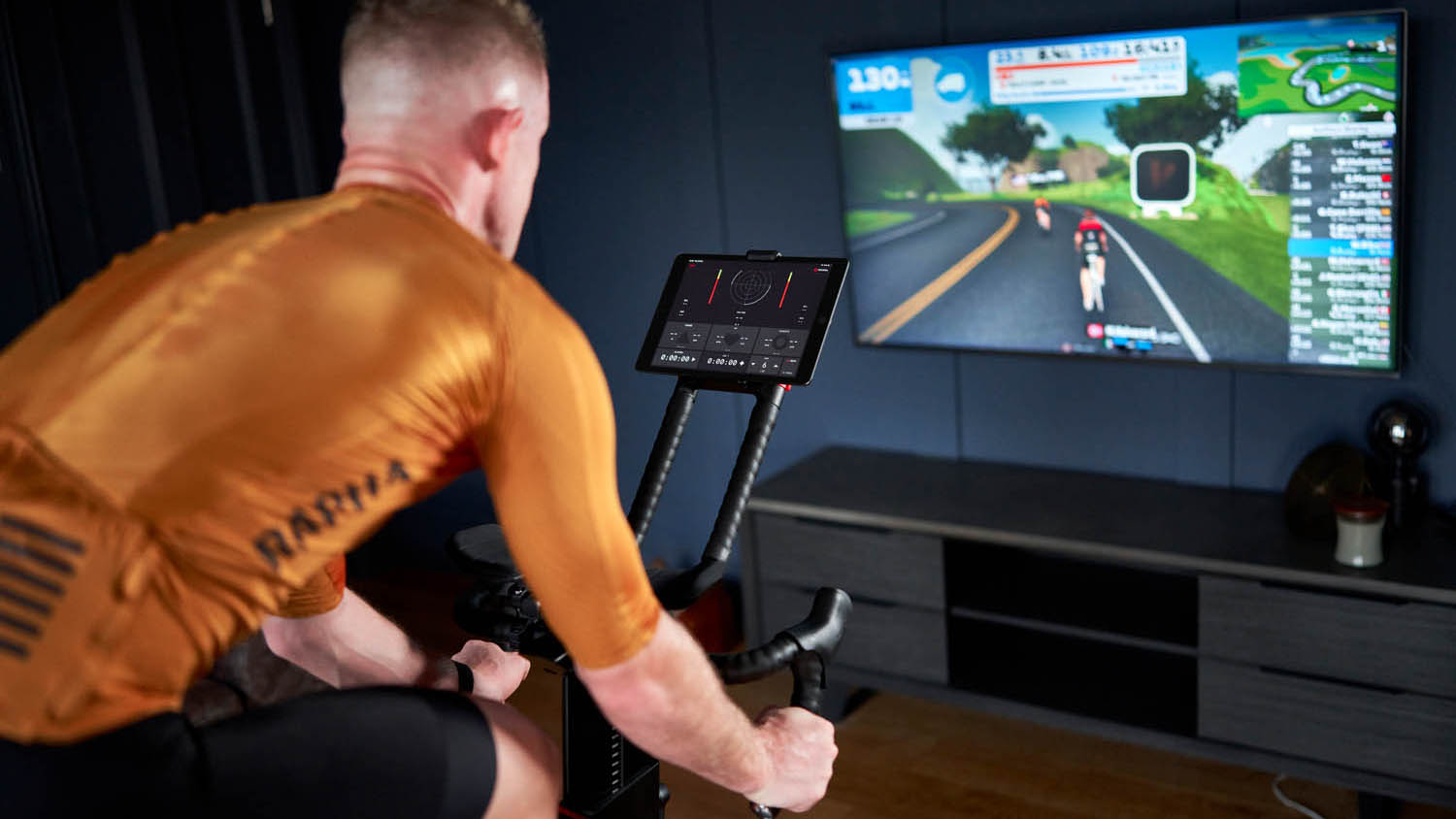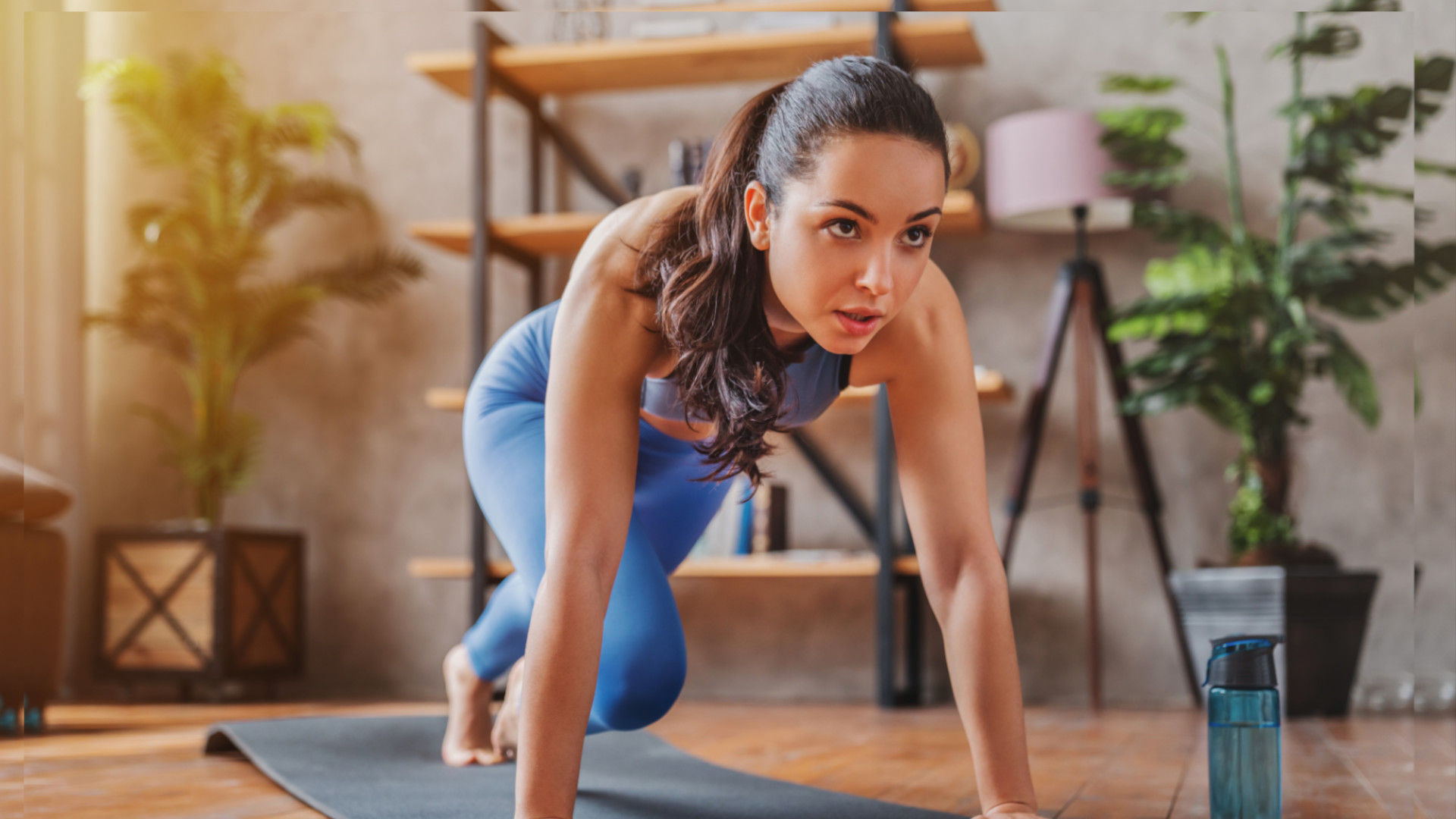
Being a British road cyclist during winter is not easy. It is cold, it rains a lot, the roads are typically strewn with filth, and a lack of natural light makes personal safety more of a concern. It is no wonder so many two-wheeled fans wrap up their steeds and forget all about it until Spring.
But therein lies a problem because once the weather becomes more favourable, you might find that your bike fitness has slipped during the off-season, and it takes longer to get back into the swing of things.
“Fast forward to February or March, and the racing season is upon us, and panic has set in because things may have been lazier in December and January than we’d planned. Anyone? No? Just me, then? Oops,” says Alex Dowsett, former pro rider, time trial specialist, Giro d’Italia individual stage winner and Wattbike Ambassador.
“I think the fact that you need so many winter-ready clothes - and that preparation for a ride takes so long when facing bad weather - are key reasons why people stop riding. But that doesn’t have to be the case,” he adds.
We caught up with Dowsett and quizzed the former Movistar and Team Sky rider on his approach to remaining bike fit when the weather turns sour.

Pick your battles
“My rule of thumb for riding outside in the harsh conditions are as follows; if it is cold and dry, I’ll ride outside. If it is warm and wet and more than two hours’ training is on the cards, I’ll ride outside. If it is cold and wet, I’ll ride inside, and if it is February or March and training is less than an hour and a half, I’ll ride inside, too,” Dowsett explains.
“A lot of the reasoning for my decisions revolve around time and the amount of faff involved in getting dressed for the bad conditions. If time is your enemy, then indoor training is likely going to be the best way to stay fit,” he adds.
With that in mind, investing in an indoor exercise bike or turbo trainers can be a lifesaver for anyone wanting to keep in shape during the colder months.
Thankfully, technology has improved massively over recent years, and brands like Wahoo, Tacx, Elite, and even Evans produce small, quiet and affordable units that you can attach your road bike to and train on no matter the time or what it is doing outside.
On top of this, there are dedicated static smart bikes from Wattbike, Wahoo and Tacx should you want a more permanent set-up to train on.

Head for shelter
“Indoor options for training are so good now, with things like Wattbike and Zwift making things more interesting,” Dowsett explains. “But some of the most effective workouts involve Over Unders, where you deliberately train above your Functional Threshold Power for short bursts to create lactic acid in your muscles, while VO2 Max sessions will also help to improve your general cardio fitness during winter,” he adds.
If you’re a bit lost and Functional Threshold Power (FTP), Over Unders and VO2, all sound a bit alien, fret not, as there are so many online training tools now that not only help you measure these factors but also help you focus on them for improvement.
Online virtual racing and training platform Zwift is one, but Wahoo has its own SYSTM training software, while Trainer Road is favoured by many on the serious road cycling circuit.
However, a very simple indoor 'Over Under' workout could quite happily resemble that of a High-Intensity Interval Training session in the gym, where you warm up at an easy pace for a few minutes and then go into short, two-minute bursts of excursion, aiming to stay at 95 per cent (or more) of your maximum power output for that time, before settling back into an easier recovery pace and the repeating.
These can be very simple to set up and easy to structure, as all you need to do is gradually increase the time you are working in those high power zones.

Don’t be afraid of the gym
“Once upon a time, cyclists would barely walk unless it was imperative; now, plenty of the pro peloton takes too long steady runs during their off-season, so it’s worth including this also. The Parkrun is a great Saturday morning hit if you need to get the competitive juices flowing or just enjoy the social aspect to it,” Dowsett explains.
“Supplementing cycling-specific gym training can also help provide some variety to the monotony of training for an event that is still a long way off,” he adds.
Alex hits on a great point here because using the offseason to work on any strength issues or imbalances is a solid way to build a stronger and more efficient body for when the cycling season comes around.
Building a strong core with things like plank exercises and Spiderman push-ups while improving strength and stability in the legs with challenging Pistol Squats can be a great way of starting out light and generally increasing musculature in those areas key to cycling performance.
If time permits, building additional power in the legs with barbell squats, deadlifts, and glute-focussed exercises will only increase the amount of force you can push through the pedals.
But make sure increased strength doesn’t come at the expense of muscular endurance, which is essential for anyone participating in high mileage cycling events, as opposed to short, sharp sprints.
Dress for success
“If you are out on the road in the cold, I would take care of your extremities - a Buff for the head and neck is wise and good thermal gloves are essential,” Alex says. “Opt for a size too big so that they’re not tight fitting. Too tight, and this can cut circulation, making things colder than not having gloves at all,” he adds.
“Overshoes are a must to keep your feet dry and warm and your shoes clean. Lastly, a decent set of mudguards on your bike just makes life more pleasant all around,” he adds.
And finally, Dowsett’s pro tip involves nutrition, because eating and drinking enough on colder rides is generally much harder than it is in temperate conditions, as riders tend to be distracted by the cold or wet.
“You’ll really need to take care to ensure those carbs are flowing in at a good rate when out in the cold. A really simple way to look at on-bike nutrition is to make sure you eat your bodyweight (measured in kilograms) in carbohydrates (measured in grams). So, if you weigh 70kg, it is a good idea to consume 70g of carbohydrates when on the bike for more than an hour at a time,” Alex adds.
"Failing that, a cafe stop to fill your boots is never a bad thing, as a big slab of cake and a hot cup of coffee can make winter pedalling more enjoyable!”







